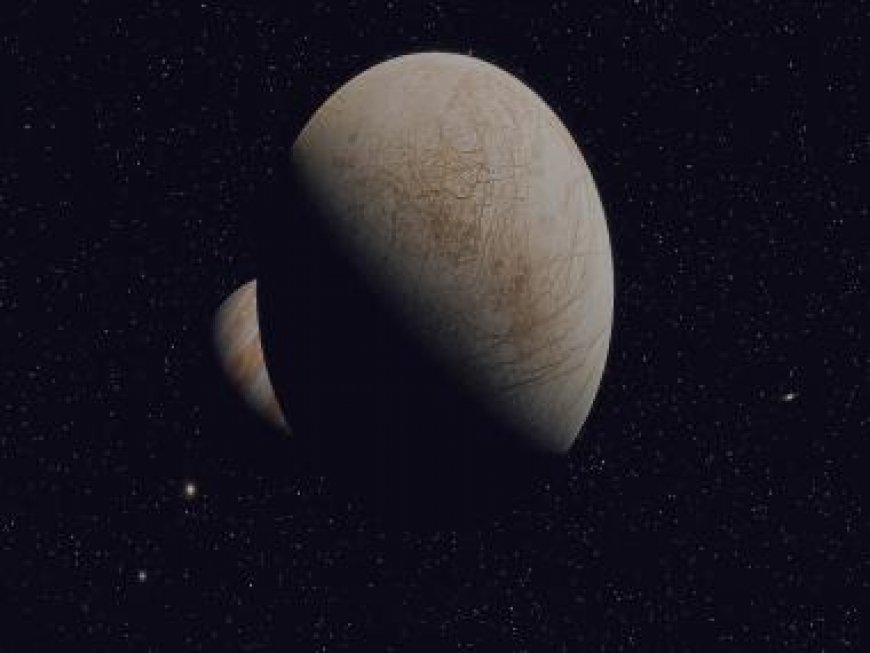NASA discovers 'super-Earth' planet 137-light years away in a habitable zone that could sustain life
NASA discovers 'super-Earth' planet 137-light years away in a habitable zone that could sustain life

NASA has made a significant discovery of a ‘super-Earth’ planet named TOI-715b, located 137 light-years away in the habitable zone, suggesting it could be a potential candidate for hosting life.
The exoplanet is 1.5 times larger than Earth and orbits a small, reddish star that emits temperatures suitable for liquid water to exist on the surface — a crucial component for supporting life.
Scientists, led by the University of Birmingham, utilized Earth-based telescopes in conjunction with NASA’s Transiting Exoplanet Survey Satellite (TESS), which launched six years ago.
TESS observed ‘transiting’ planets, and once it hinted at TOI-715b’s existence, telescopes were employed to pinpoint its location. The super-Earth has a tighter orbit than Earth, completing one orbit every 19 days, and always presents the same side to its star.
This unique orbital position may result in extreme temperature differences between day and night sides, influencing the exoplanet’s climate and weather patterns.
The same stellar system might also host a second, Earth-sized planet, making it the smallest habitable zone planet discovered by TESS if confirmed.
NASA expressed the significance of TOI-715b joining the list of habitable-zone planets, potentially becoming a subject for detailed examination by the upcoming James Webb Space Telescope.
The characteristics of TOI-715b, including its mass and potential status as a ‘water world,’ will influence the ability to detect its atmosphere.
While TOI-715b’s findings are unique, the discovery of exoplanets is not uncommon for NASA, which has identified over 5,000 of these planets. The likelihood of trillions of exoplanets in the Milky Way alone has been confirmed.
Exoplanets continue to capture astronomers’ interest, offering hope that other planets might sustain life. However, not all super-Earths are considered potential candidates for life, with varying conditions such as extreme temperatures or complete coverage in water or active lava flows.
Chris Impey, a professor of astronomy at the University of Arizona, emphasized the excitement surrounding super-Earths, acknowledging the limited knowledge about them due to the absence of such planets in our solar system.
Renyu Hu, an exoplanet researcher at NASA’s Jet Propulsion Laboratory, echoed this sentiment, emphasizing the excitement surrounding these intriguing planets.
(With inputs from agencies)
What's Your Reaction?



























































